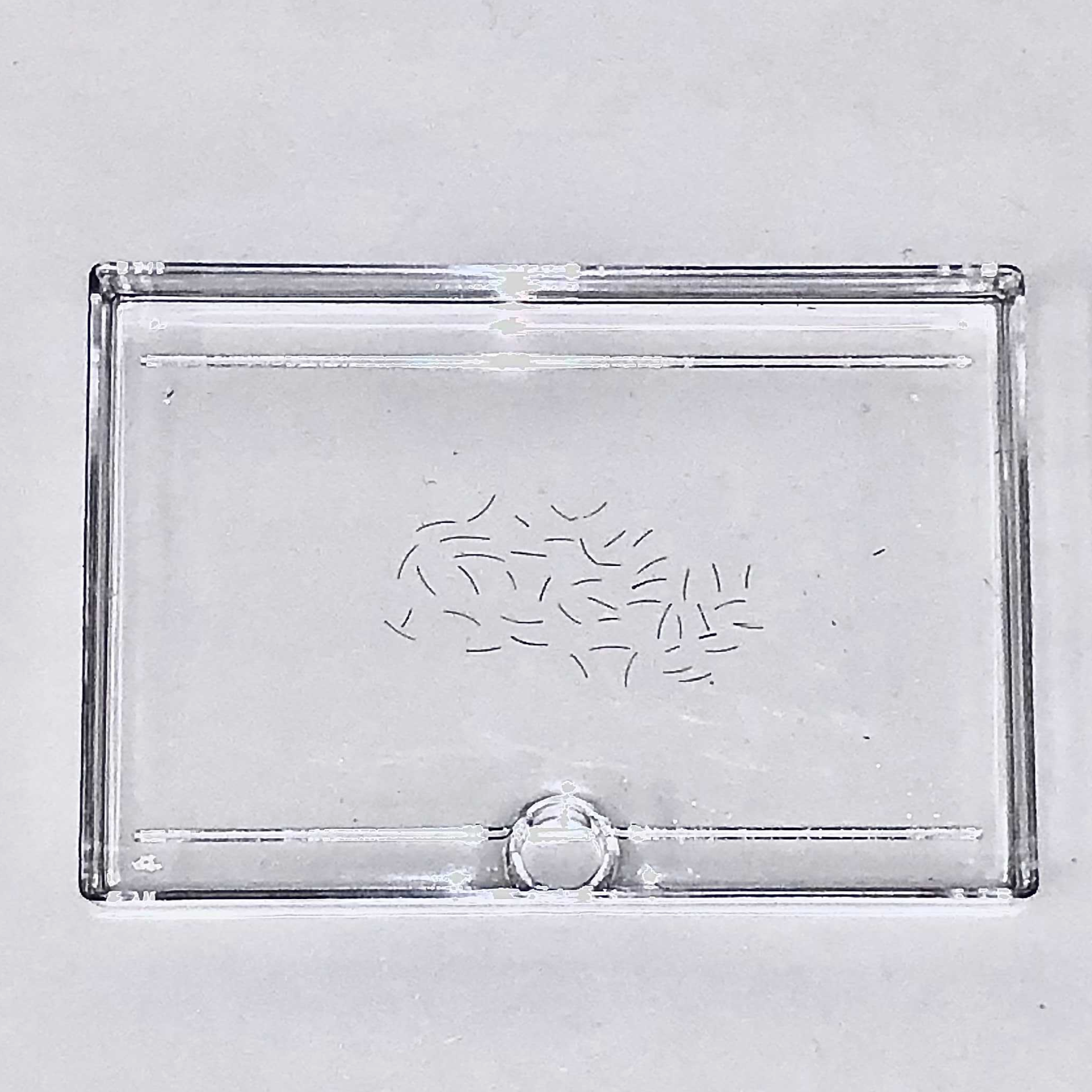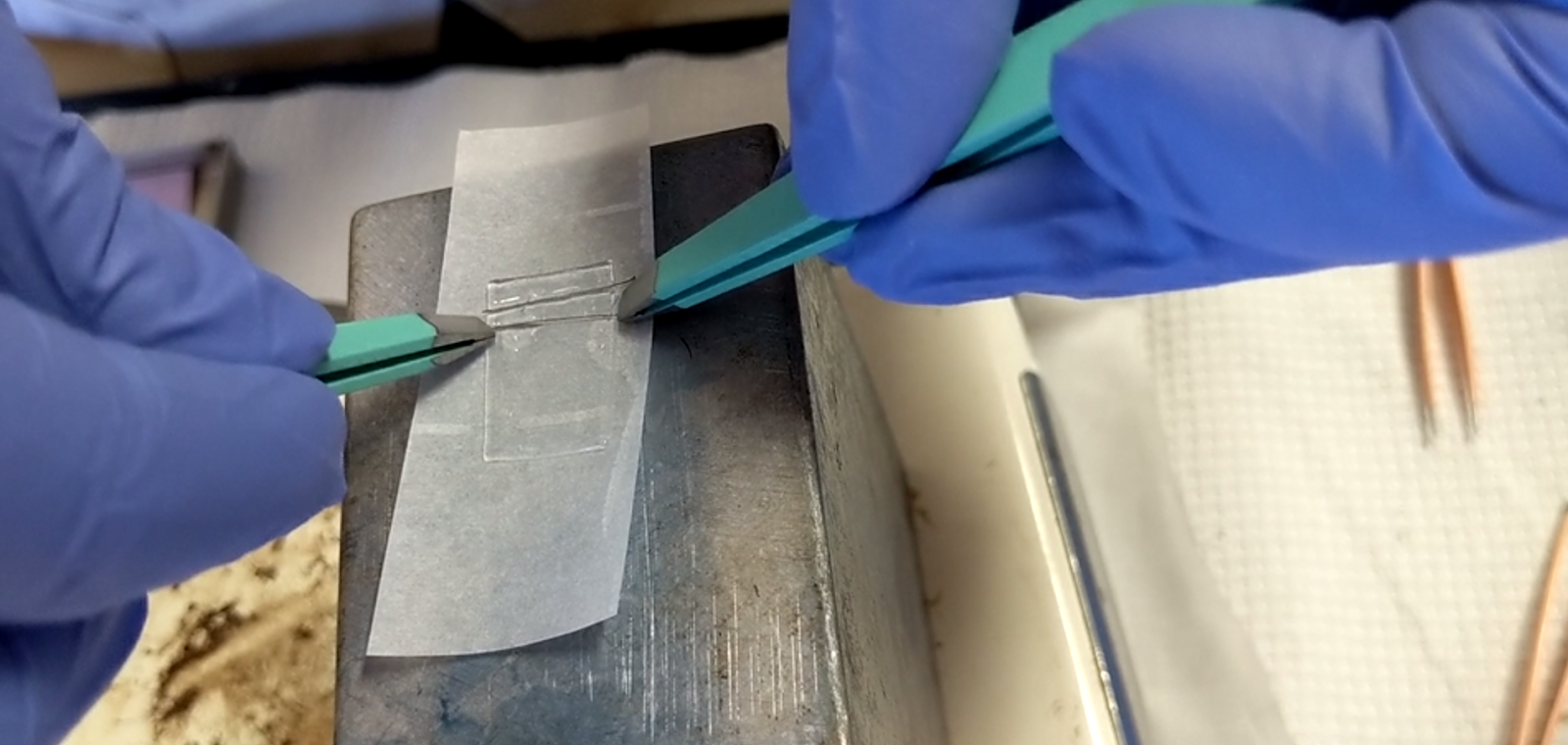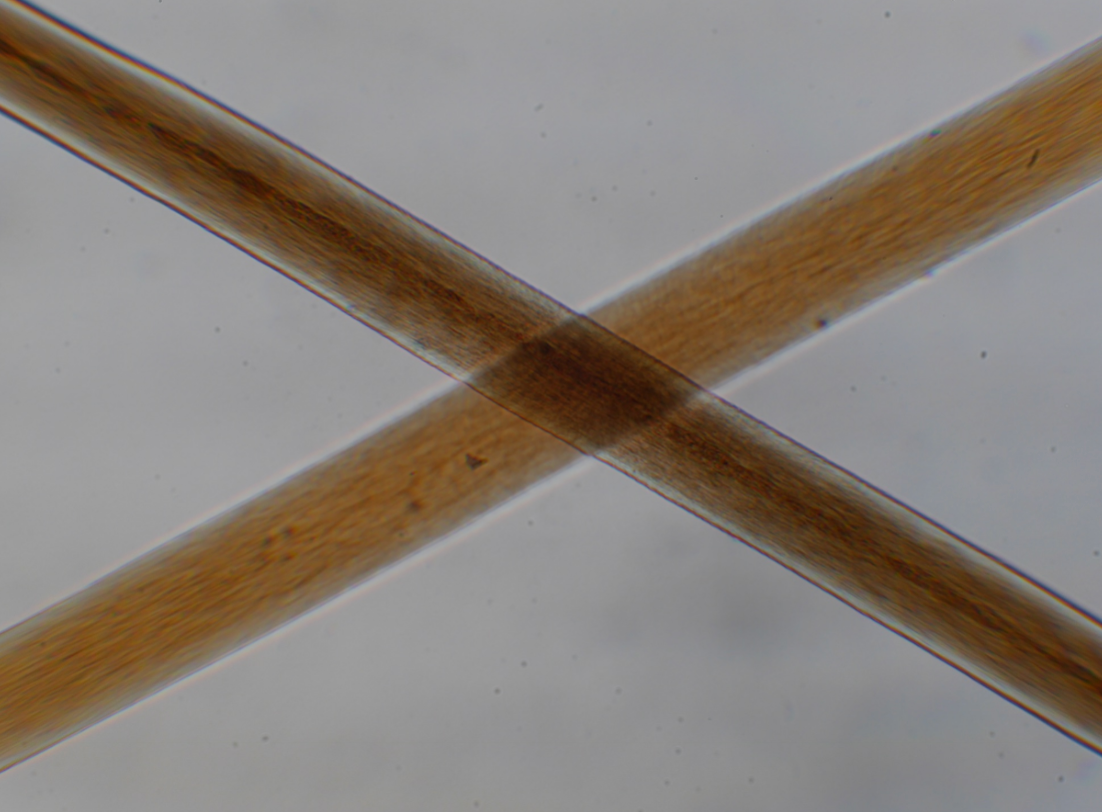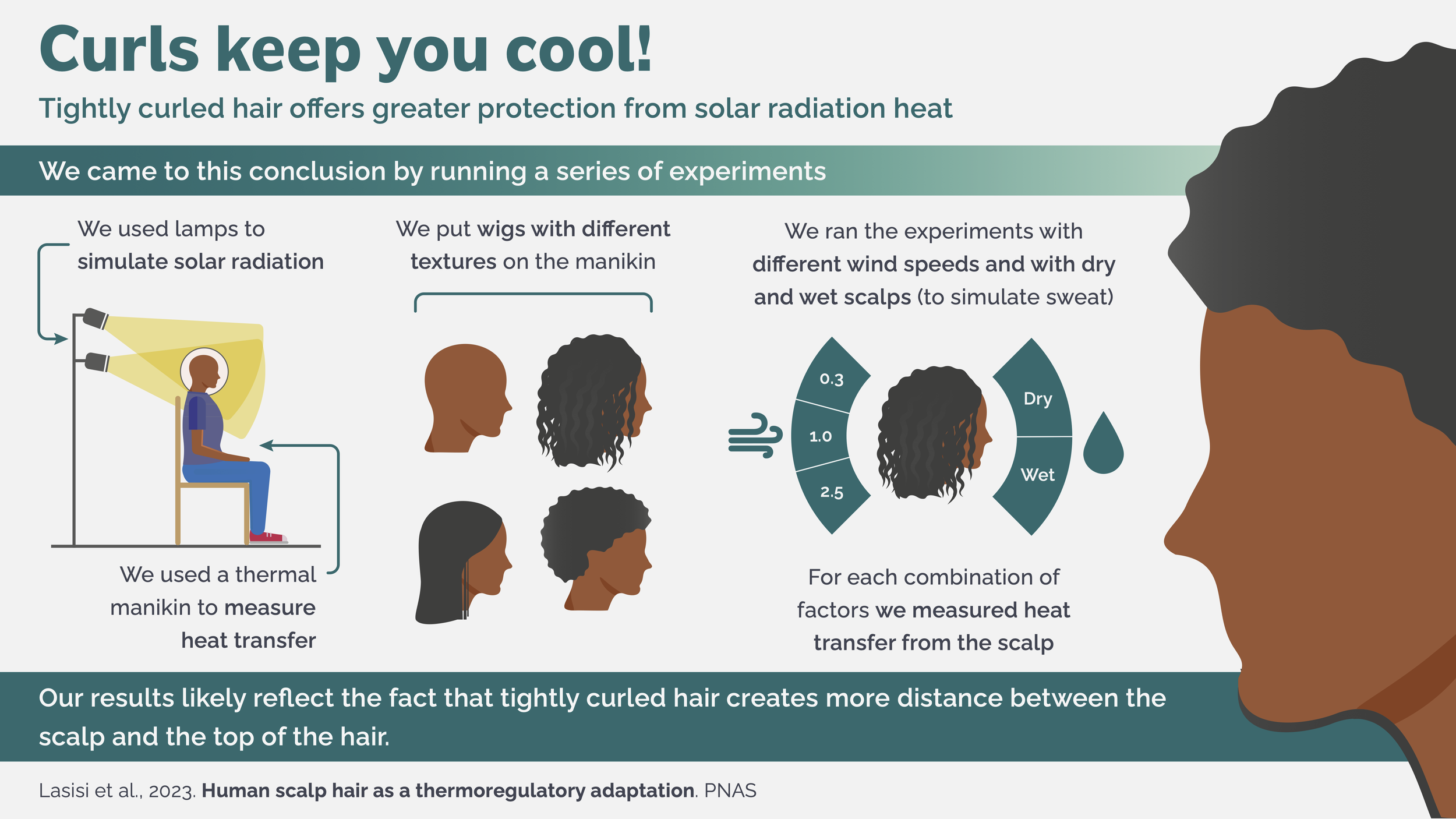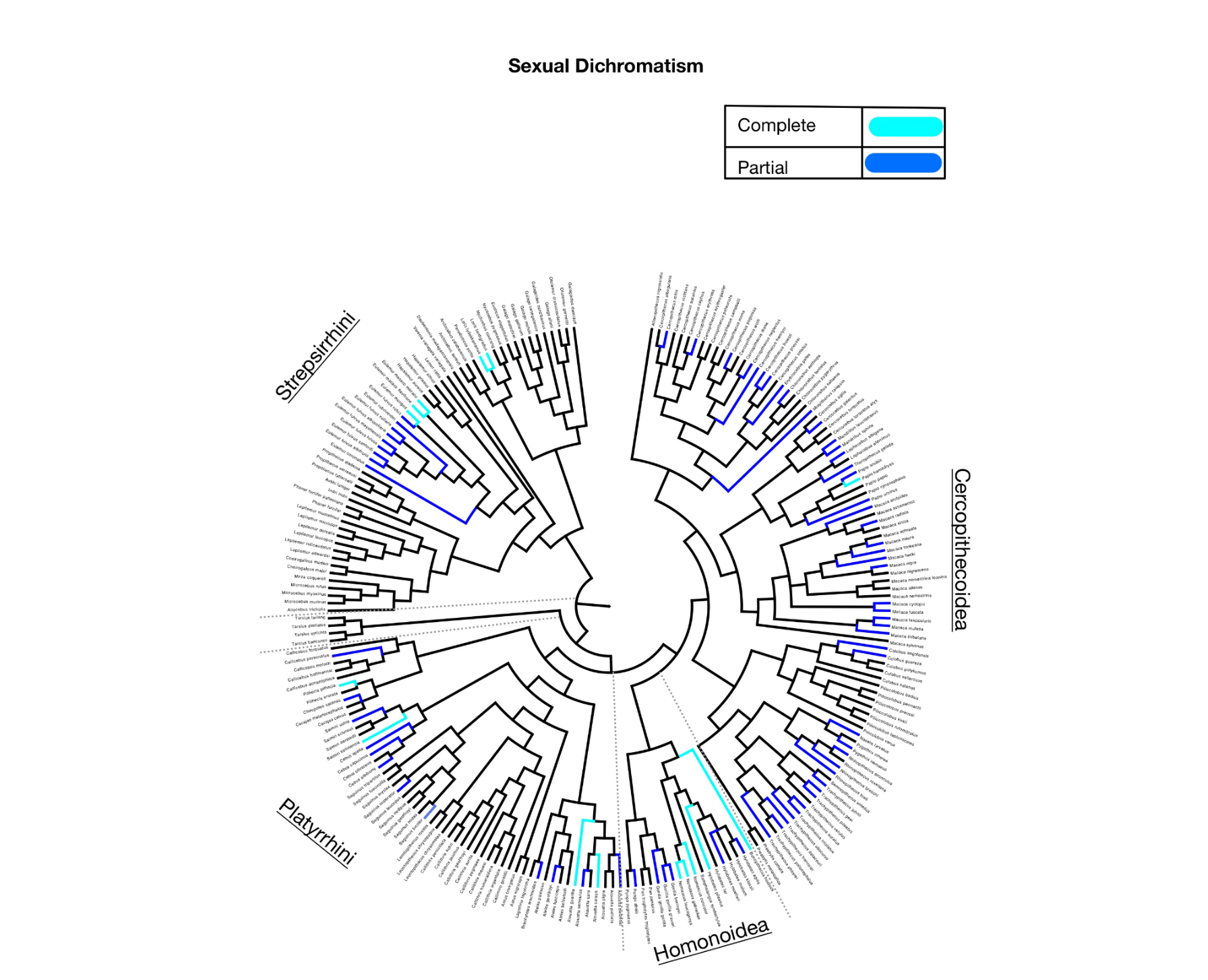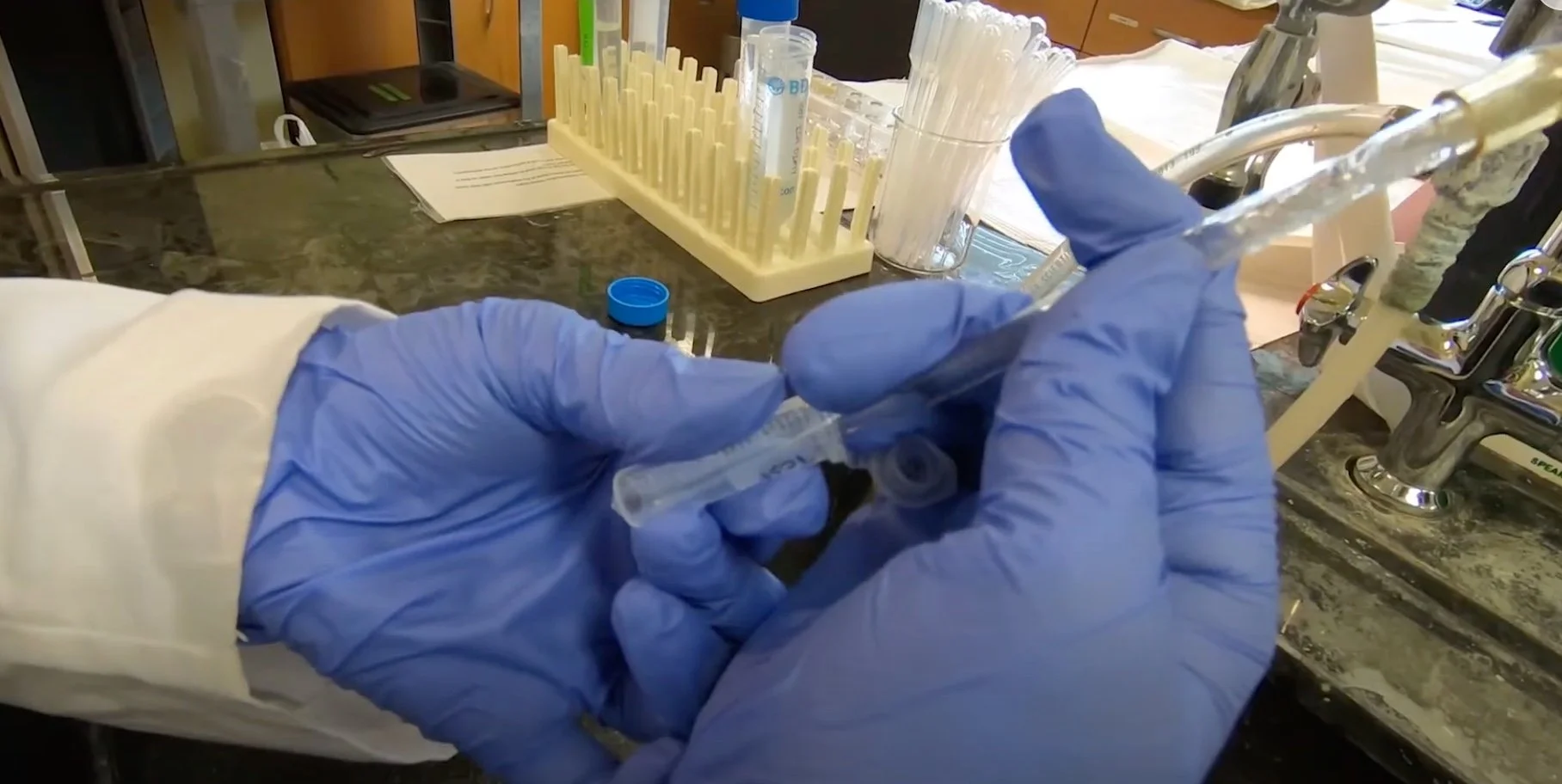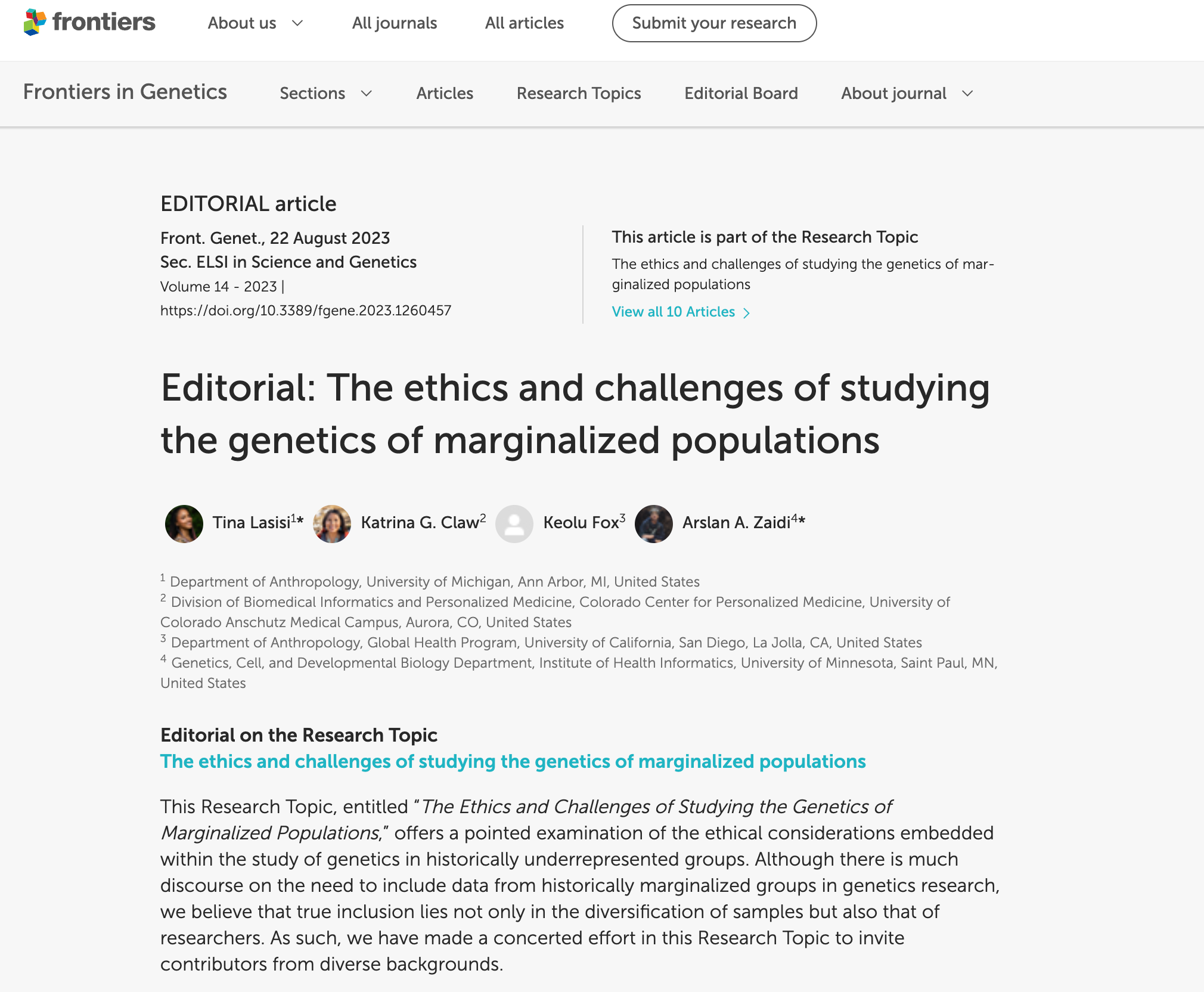Research
Our lab explores the variation in human appearance, focusing on hair and skin. We aim to unravel the distribution of this variation across populations, its genetic underpinnings, as well as its evolutionary history. Our interest extends from theoretical considerations to practical, quantitative analyses of the metrics and classification systems used to describe human variation. Ultimately, this lab seeks to contribute to our collective knowledge of human evolutionary biology and to improve innovations in biomedicine and technology by better accounting for human variation.

Quantitative phenotyping
-
The methods we use shape our understanding of traits and can improve or hinder our ability to see certain kinds of variation. We are a methods-agnostic lab—our goal is to figure out the best approach to understanding variation in our phenotype of interest. We employ a range of methods to generate and analyze our data, from those we develop and perform in-house to those we work with collaborators to apply to our data.
Traits we’re interested in measuring include: pigmentation (skin, hair, eyes), hair morphology, facial morphology. Methods we’ve used before and are interested in: image analysis/computer vision, broad spectrum reflectance spectrophotometry, high-performance liquid chromatography.
We believe that studying the best way to measure traits can impact our ability to answer theoretical biological questions about them as well as medical, forensic, and technological applications that rely on the ability to measure those traits accurately.
Evolutionary biology
-
Why does hair curl? Why do some people have deeply pigmented skin? Why does puberty signal the growth of hair in certain regions of the body? Such questions can be answered on multiple levels. We can ask what the genetic basis is of such traits and what happens throughout the course of an individual’s life to create that trait or change that trait. We can also ask on the level of populations and even species whether natural selection has played a role in shaping what that trait looks like in some groups compared to others.
We investigate the hormonal, genetic, and epigenetic mechanisms that contribute to variation in hair morphology and skin pigmentation and measure variation in these traits. By examining mechanisms and the distribution of variation, we aim to gain insights into the evolutionary forces that have shaped these traits over time, and how they have contributed to the diversity of human appearance that we observe today.
Biotech applications
-
Pulse oximeters, now famously, are an example of a case when a tool’s performance is affected by skin color, due to the reliance on light absorption and variation in light absorption between people. However, it is not enough to note this discrepancy, we have to combine quantitative knowledge of variation in skin reflectance with an understanding of methods that can detect bloodflow through the skin.
We are exploring the relationship between hair and skin variation and biomarkers that can inform fertility and overall health. We are investigating non-invasive ways of measuring hormones and other biomarkers through hair and, particularly, understanding how variation in hair morphology affects values measured. In skin, we are studying how variation in the quantity and distribution of melanin, as well as structural variation in the skin, can affect diagnostics based on skin optics.
Other technological applications that we are invested in researching for the purpose of equitable performance include facial recognition and computer graphics/biophysical simulations of hair and skin.
Societal impact
-
We like to ask big questions. How do concepts of race affect our society? Ideas about classification and race permeate into forensics and therefore the justice system—what consequences does that bring? Advances in technology and the accumulation of large databanks bring with them biases in who is sampled and questions of consent.
Within this realm, we also include our science communication work. Whether it is for the public, or for scientists in other disciplines, or medical professionals, we believe that providing better tools and frameworks for understanding human variation can improve our society.


